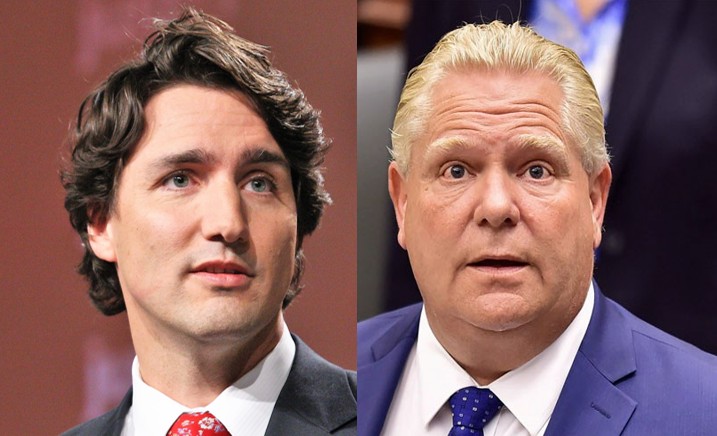
Ottawa-Ontario feud could stymie Brampton’s election-time lobbying for badly needed cash
While Brampton’s city councillors spent part of Wednesday chewing over an advocacy strategy aimed at leveraging the city’s biggest needs ahead of the October federal election, when parties will be vying for local support, provincial and federal leaders exchanged bitter words over infrastructure funding and who’s to blame for hundreds of planned layoffs at a manufacturing plant in Thunder Bay.
The Bombardier plant, which manufactures vehicles for GO Transit and the Toronto Transit Commision, will have to lay off 550 employees in November because current contracts are coming to an end. Federal Employment Minister Patty Hajdu subsequently lambasted the Ontario government, saying Premier Doug Ford “sat on his hands and made empty promises” by not moving ahead on transit projects so as to sign new deals that could have kept the workers on the job.
Ford fired back, accusing Justin Trudeau’s government of failing to make good on its infrastructure commitments to municipalities, part of a $60-billion promise Trudeau made during the last election, when he appealed for the crucial urban vote by telling cities he was listening to their most pressing needs.
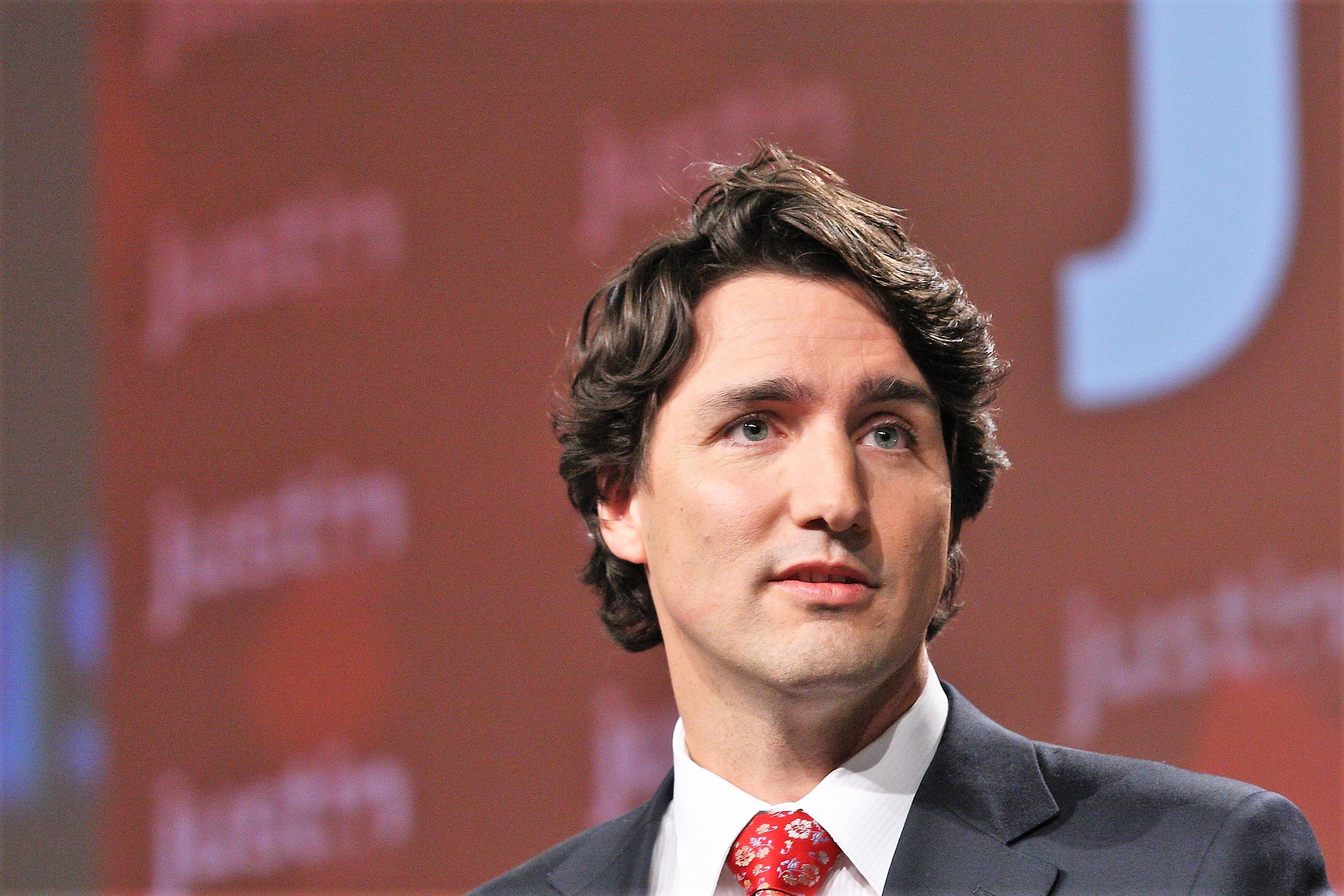
"I haven't seen hide nor hair from the federal government," Ford said. "Where is their money? They've done absolutely nothing to support these people in Thunder Bay. We have a plan sitting there that can keep these people employed."
The war of words does not bode well for Ontario municipalities — which own and are responsible for the vast majority of public assets — facing a rapidly growing infrastructure gap that a decade ago was estimated by the Association of Municipalities of Ontario to stand at $60 billion.
“We want the provincial and federal governments to work together,” Mayor Patrick Brown told The Pointer Wednesday when council was dealing with its strategy to lobby for help ahead of October’s federal election. “We know that the province is holding up the agreement on infrastructure, and we hope the province could come to terms with the federal government as soon as possible so that infrastructure dollars could flow into Brampton.”
Brampton’s share of Ontario’s staggering infrastructure gap is currently $246 million, but because much of the city’s infrastructure is nearing the end of its life-cycle the funding deficit is projected to reach $743 million in eight years. The figure will be much larger by then if council does what it did this year, when it approved a property tax freeze the city clearly can’t afford, and if higher levels of government don’t contribute their share.
To put the $743 million gap into perspective, this year’s entire approved capital budget for the City of Brampton, which includes repairs, the construction of new projects and purchase of needed assets such as new buses, was just over $384 million, with many badly needed items already deferred because of the shortage of money.
Transit needs are among the most pressing, and the fight between Ottawa and Queen’s Park has left the City scrambling to find money it had expected to receive, but which hasn’t arrived.
Last month, city staff submitted a report to council stating the province has yet to open intake for funding applications for various transit projects, leaving huge sums of approved money from the joint federal-provincial Public Transit Stream fund in limbo.
A little more than $191 million in federal funds and $158 million from the province, totalling just under $350 million for Brampton — cash meant to be doled out over 10 years for various transit capital projects — is sitting stagnant, according to the staff report. The city has budgeted $47.3 million for 2019 from that amount, subject to actually receiving cash from the transit stream.
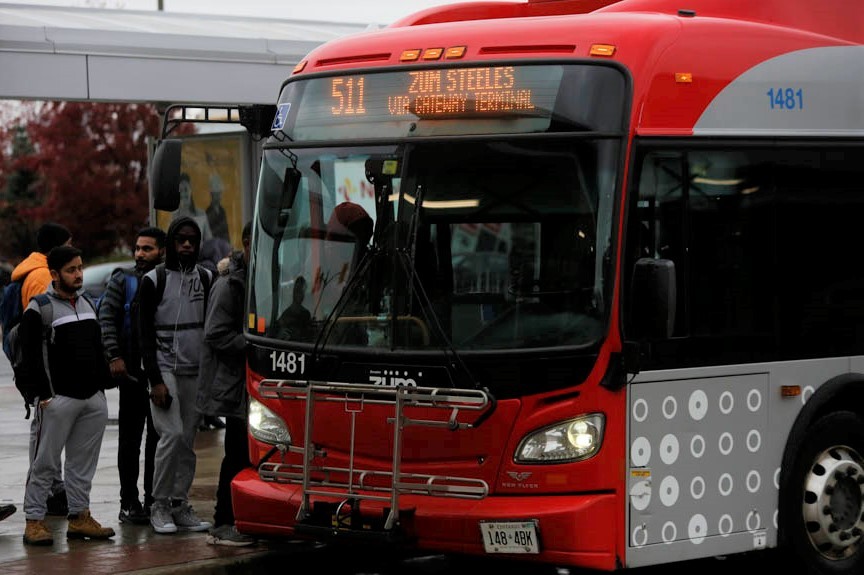
Without that money, Brampton will have to pay for improvements to its transit assets itself. Staff asked council to instate $21.5 million toward purchasing new buses, replacing older ones and maintaining and refurbishing the existing fleet. Of that amount, $14.8 million will have to be drawn out of city reserves because of the dispute between Ottawa and the province.
City Treasurer David Sutton did not mince words when he told The Pointer in June that Brampton Transit is now going it alone.
“Through this report you can see that it is already becoming a bit of an issue. We do have a transit service that needs to continue on. Without the approval of that funding, we’re having to subsidize, to provide interim funding at a minimum to proceed with projects,” Sutton said at the time.
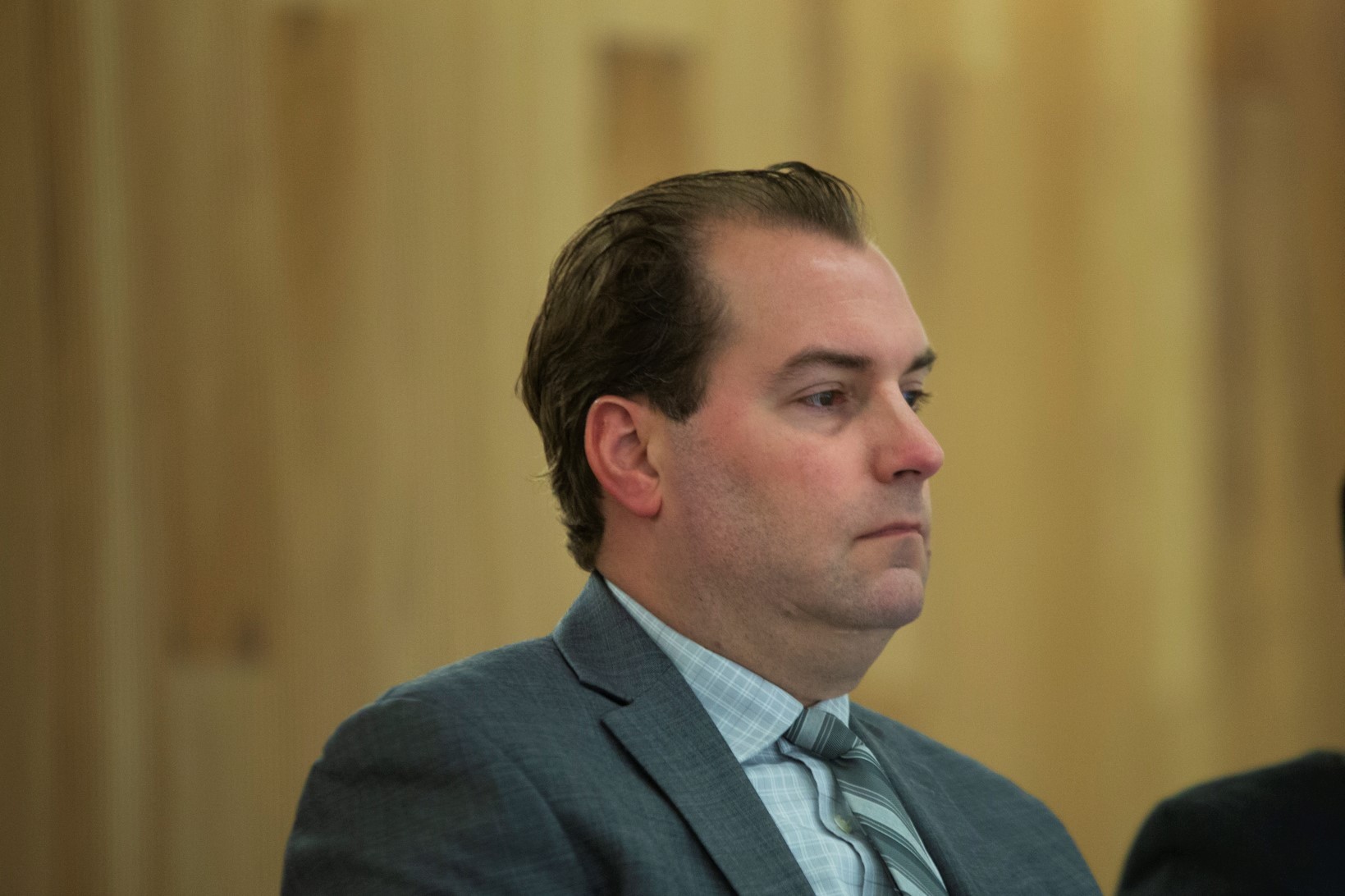
City Treasurer David Sutton
With Brampton’s explosive population growth due to a large influx of newcomers, he said, the city needs “growth projects such as adding additional transit buses, and also just maintaining and replacing the existing fleet to keep service going. So we’re already having to allocate additional tax-supported funding to this, where we would have otherwise relied on the province and federal government.”
Continuing the escalating feud over who’s at fault for the slow release of money from Ottawa’s $188 billion infrastructure fund, Hajdu this week contended that Ontario’s governing PCs have failed to file fully fleshed-out, formal applications to purchase new vehicles or expand transit lines, despite the fact there’s been a joint funding agreement in place for more than a year.
"There's nothing but chaos, confusion and paralyzation ... there's complete confusion in the province as to what they're actually proposing," Hajdu said in an interview with CBC News.
Ford retorted that the Liberals don’t have an actual infrastructure plan, despite Ottawa's commitment to spend $188 billion on infrastructure over the next decade, an amount that includes the $60 billion added to the program in 2016 to fulfill Trudeau’s campaign promise.
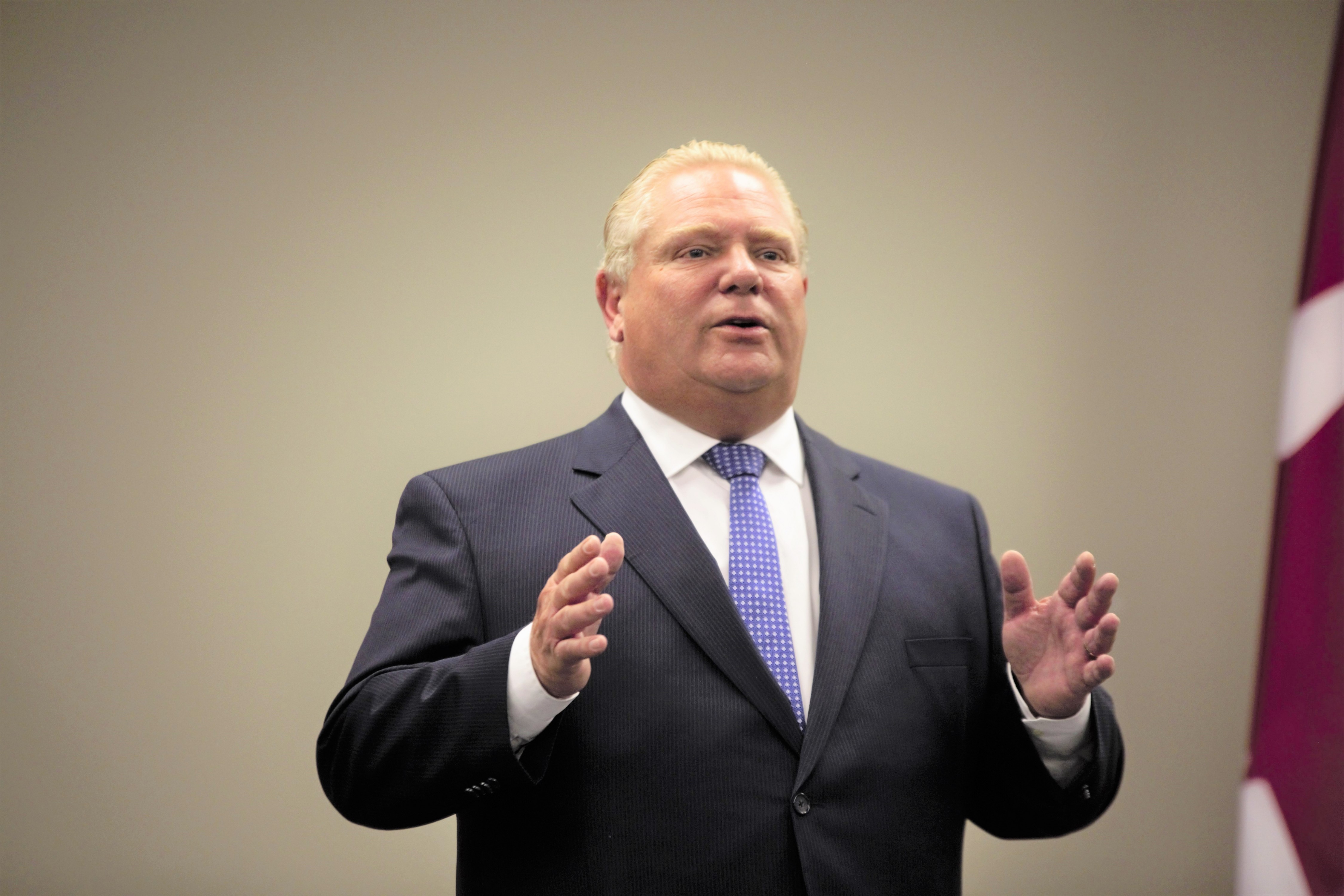
The mounting tension between the federal and provincial governments may complicate Brampton’s quest to secure funding from both governments for its priorities over the next few years, particularly now in the midst of a federal election campaign. Ford’s sinking poll numbers and fears that his unpopularity would damage the Conservatives’ chances in October played a role in a decision to have the Ontario Legislature take an exceptionally lengthy, five-month break before the fall election.
Because a majority of federal funding for municipalities is channelled through the province, having senior governments at loggerheads will make it harder for the city to move ahead on securing funding for major projects.
On Wednesday, Brampton council approved a staff report listing several broad talking points that should be addressed while the city has the ear of current and aspiring federal politicians as the country heads into the fall election. The list includes key areas such as housing, infrastructure, innovation and community safety.
Councillor Doug Whillans said the municipal government is concerned about the turmoil between the federal Liberals and provincial PCs and its effects on municipal aspirations. “It’s always difficult for a municipal council to look at two levels of the government not getting along, because a lot of the funding for these big infrastructure projects do come from the federal level and the province will disburse it. So if there is a relationship between the federal and municipal government, sometimes the provincial government might get in the way.”
But is Brampton doing its part to secure desperately needed federal infrastructure funding?
While Lowell Rubin-Vaughan, Brampton’s manager of government relations and public policy, said it is incumbent on the federal government to surmount potential interference by the province, he was vague when asked if the city has lined up its case for funding help with a well-articulated plan including specific grant applications that meet all the requirements to secure funding from Ottawa for each particular piece of required infrastructure.
“We need a federal government who is willing to fight for municipalities if one of our partners is not willing to work with us,” Rubin-Vaughan told The Pointer. As to specifics on what Brampton needs to focus on right now, while the city has an opportunity to leverage its needs as candidates and parties look to secure Brampton votes, he responded: “It’s a good question, but we are not there yet.”
Historically, the city’s own dithering and failure to submit timely applications has often been to blame for delays and failure to draw available money from senior governments.
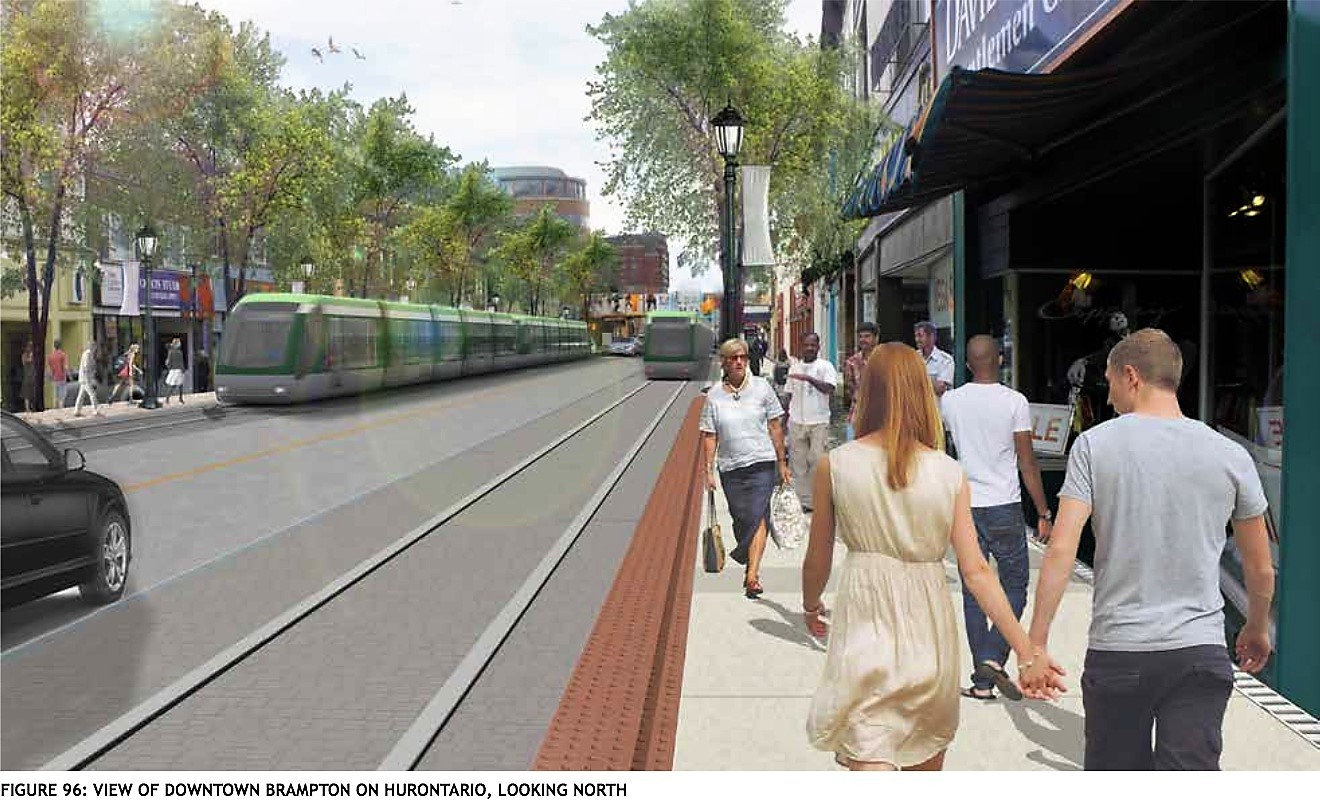
An LRT is one of the priorities listed on the staff report on federal election advocacy priorities. But council has yet to figure out exactly which light rail alternative it wants to support: a less expensive street-level line, which made the Main Street route contentious when it was first discussed and originally rejected by the previous council in 2015, or the less disruptive, partially tunnelled but much more expensive Main Street version favoured by Brown. The cost could be as high as $1.7 billion, compared to $400 million to $450 million for the surface option, but the city can’t move ahead on a formal request for funding without getting its own ducks in a row first. The LRT currently has zero dollars committed to the capital project.
Alex Milojevic, general manager of Brampton Transit, said talks would move forward only after an environmental assessment report is completed. “The environmental report will be out before the election and we will decide our next course of action after the report,” he said. If the city doesn't have its requests to federal parties in due time, hundreds of municipalities across the country could get attention for their demands before Brampton.
Meanwhile, Brampton Transit has been experiencing double-digit increases in ridership, producing incentives to both improve bus service and build the light rail line. Brampton’s struggles to move into a greener, transit-oriented future will be exacerbated if the feud between the province and the federal government continues.
As The Pointer has previously reported, Brampton has received only a trickle of the funding it should be entitled to. The city’s share, on a per capita basis, of the federal government’s Investing in Canada Infrastructure Plan (ICIP) could be $3 billion over 12 years. However, the city has received only a large share of $42 million since 2016 — with a little of that tied to Peel Region — hampering plans for infrastructure improvements.
The city has big hopes, for example, for Riverwalk, a flood-mitigation project involving Etobicoke Creek that would turn the area around the creek into a recreational destination and relieve the city of its downtown floodplain designation. That’s vital because it would not only secure the city against flooding but allow downtown redevelopment that’s currently forbidden — an important step in achieving the urban vitality a city of nearly 650,000 people demands. But so far, the project has received only $1.4 million from Ottawa to help fund an environmental assessment.
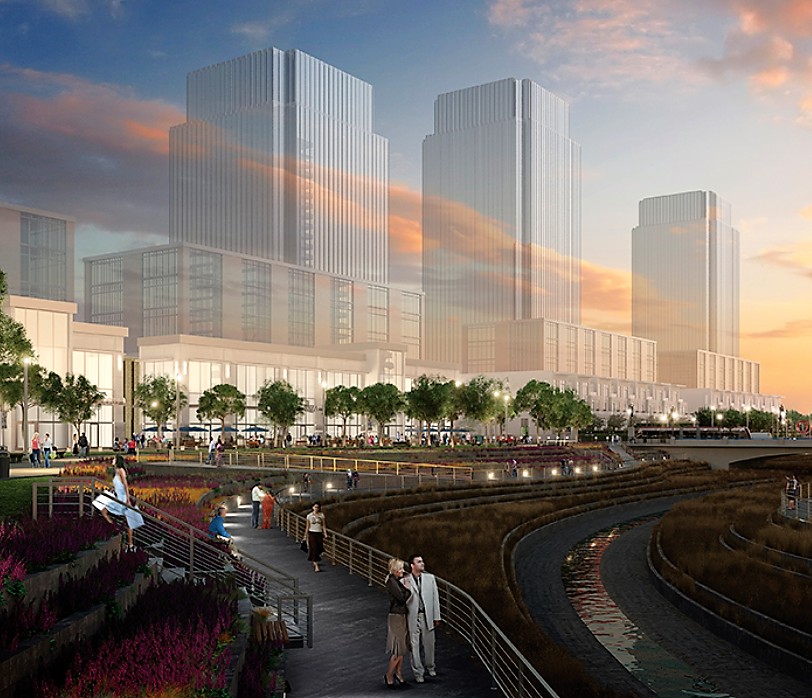
Rendering of the city's Riverwalk plan
Chief administrative officer Joe Pittari said Riverwalk is one of the main projects council plans to discuss with federal politicians during this election. “For sure, an important one is the flood mitigation strategy that facilitates us to prevent downtown flooding and opens [downtown] up for development,” he said.
Another issue the city should be addressing is the related problem of under-represented population counts in Brampton that are tied to immigration numbers. During a March Federal Issues Forum hosted by the Brampton Board of Trade, Councillors Martin Medeiros and Harkirat Singh suggested there are 100,000 unregistered secondary suites in the city, many of them basement apartments, and that Brampton is losing $240 million in annual revenue from the two higher levels of government that are tied to population formulas. It’s unclear how they came up with the figures.
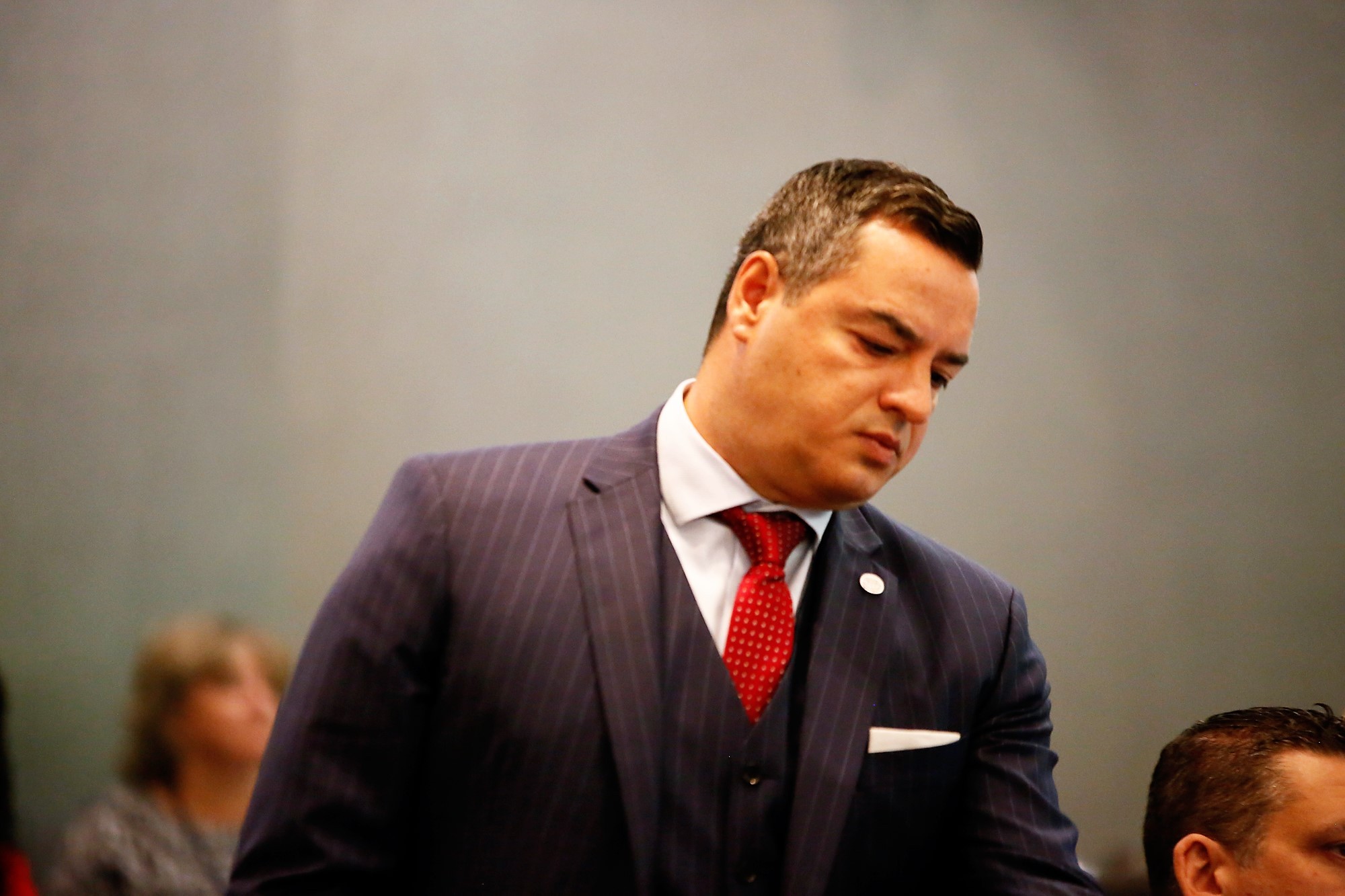
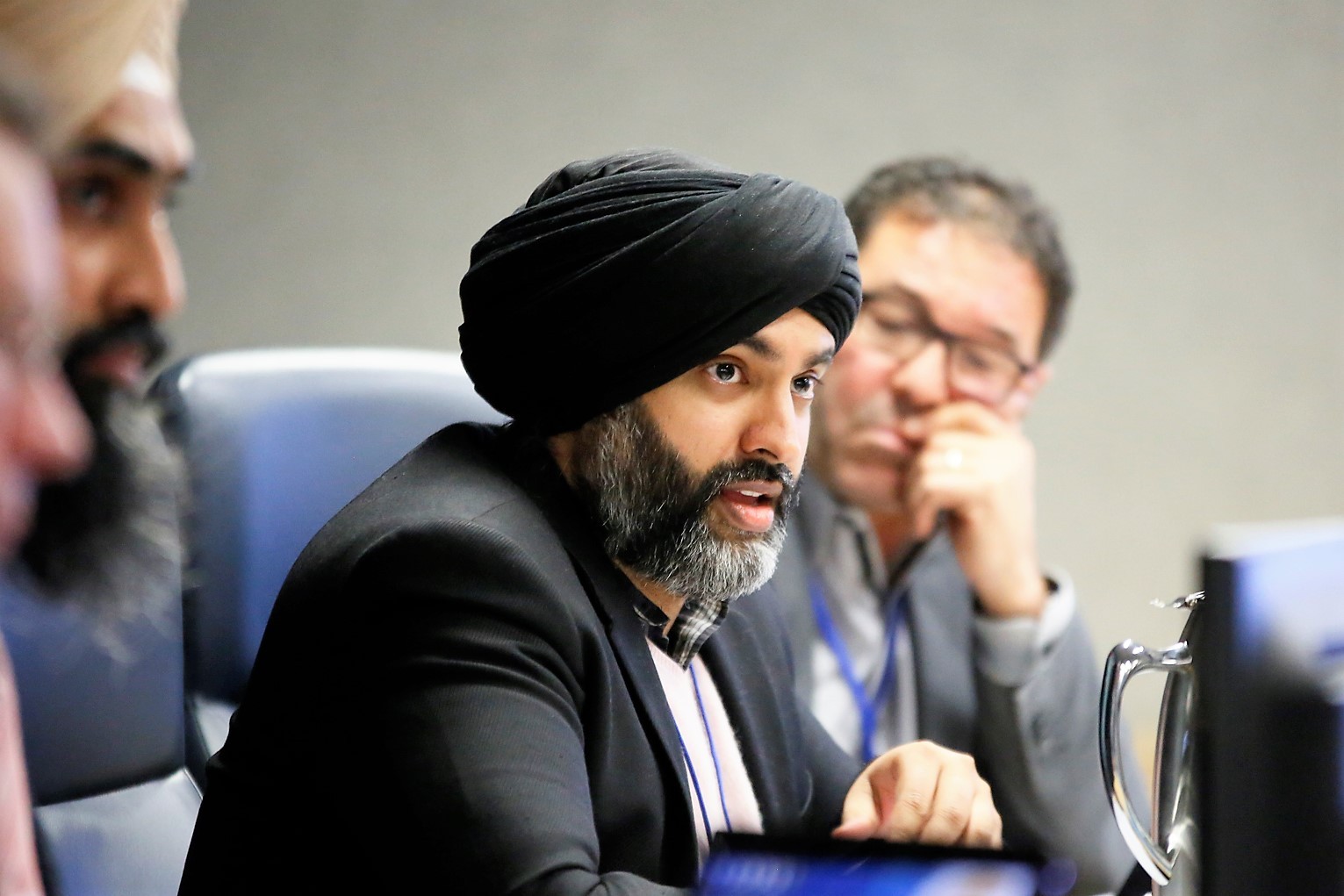
Councillors Martin Medeiros and Harkirat Singh
Brampton East MP Raj Grewal, an independent, said during the public event that funding decisions based on population counts are not capturing the real picture of Brampton's demographics, a fact that puts the city significantly behind in the funding equation. Immigration settlement patterns have long made Brampton one of the most popular destinations for newcomers to Canada, partly because of the city's willingness to accommodate social housing and growth policies that allow for significant population increase, unlike some municipalities whose policies make it difficult for immigrant settlement. But without a comprehensive national housing strategy and with the region's haphazard approach to affordable housing, many newcomers drawn to Brampton end up living in unregistered suites that may go unaccounted for in population estimates.
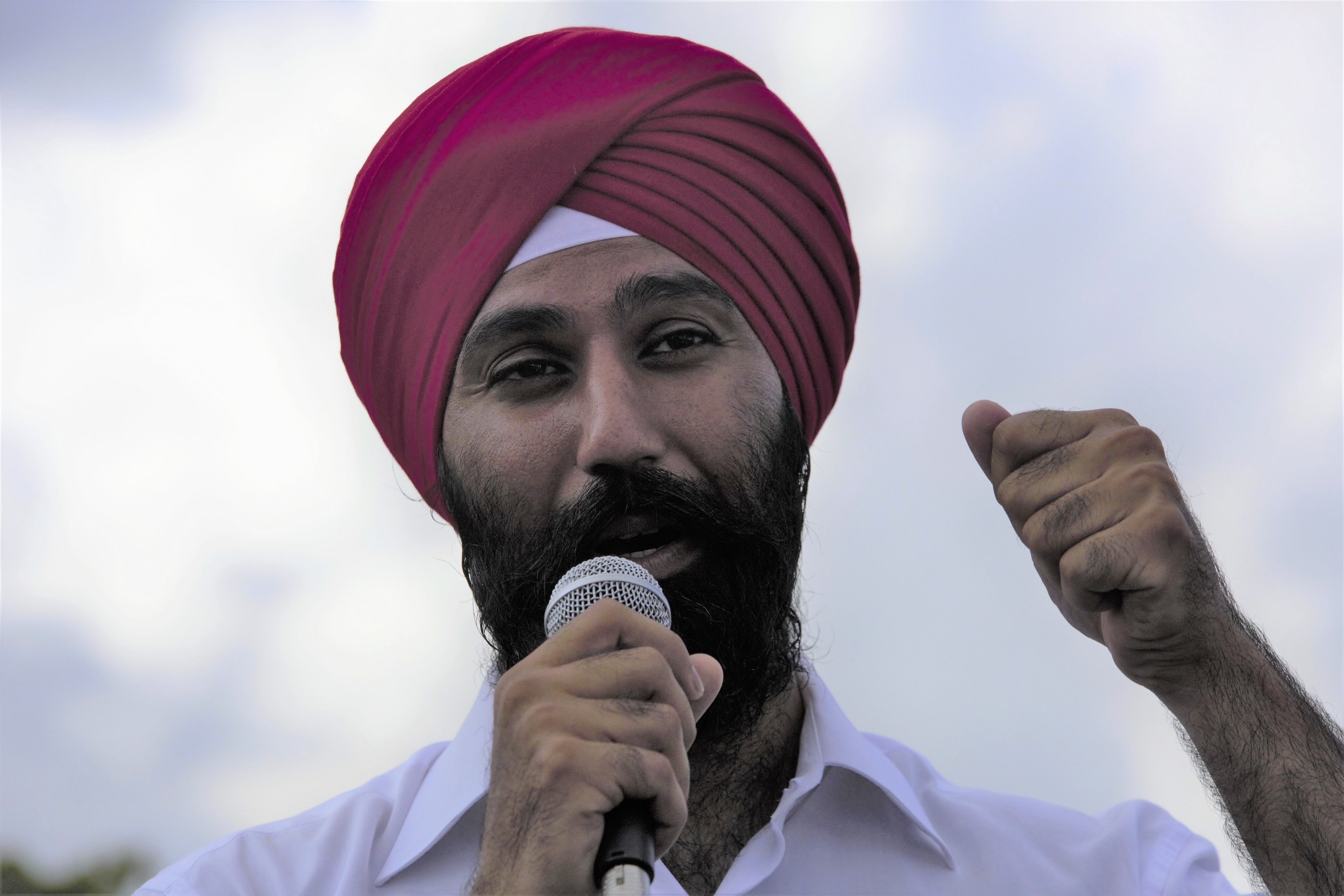
Brampton East MP Raj Grewal
Immigration proponents at the municipal level have been asking Ottawa for more support for cities such as Brampton that are major draws for newcomers.
Another key issue for federal candidates circles back to the infrastructure problem.
A report released by the Parliamentary Budget Officer in March pointed out that provincial governments including Alberta, British Columbia and Ontario have been spending less on infrastructure — some $5.4 billion less than they would otherwise have — since the creation of the federal ICIP.
Spending lapses aren’t unusual when it comes to capital programs, the report said, but this time it’s worse than usual. "This spending gap suggests that funding from the federal government probably displaced provincial investments after the ICIP began. Another possibility is that provincial governments postponed or cancelled capital investments after the start of the ICIP."
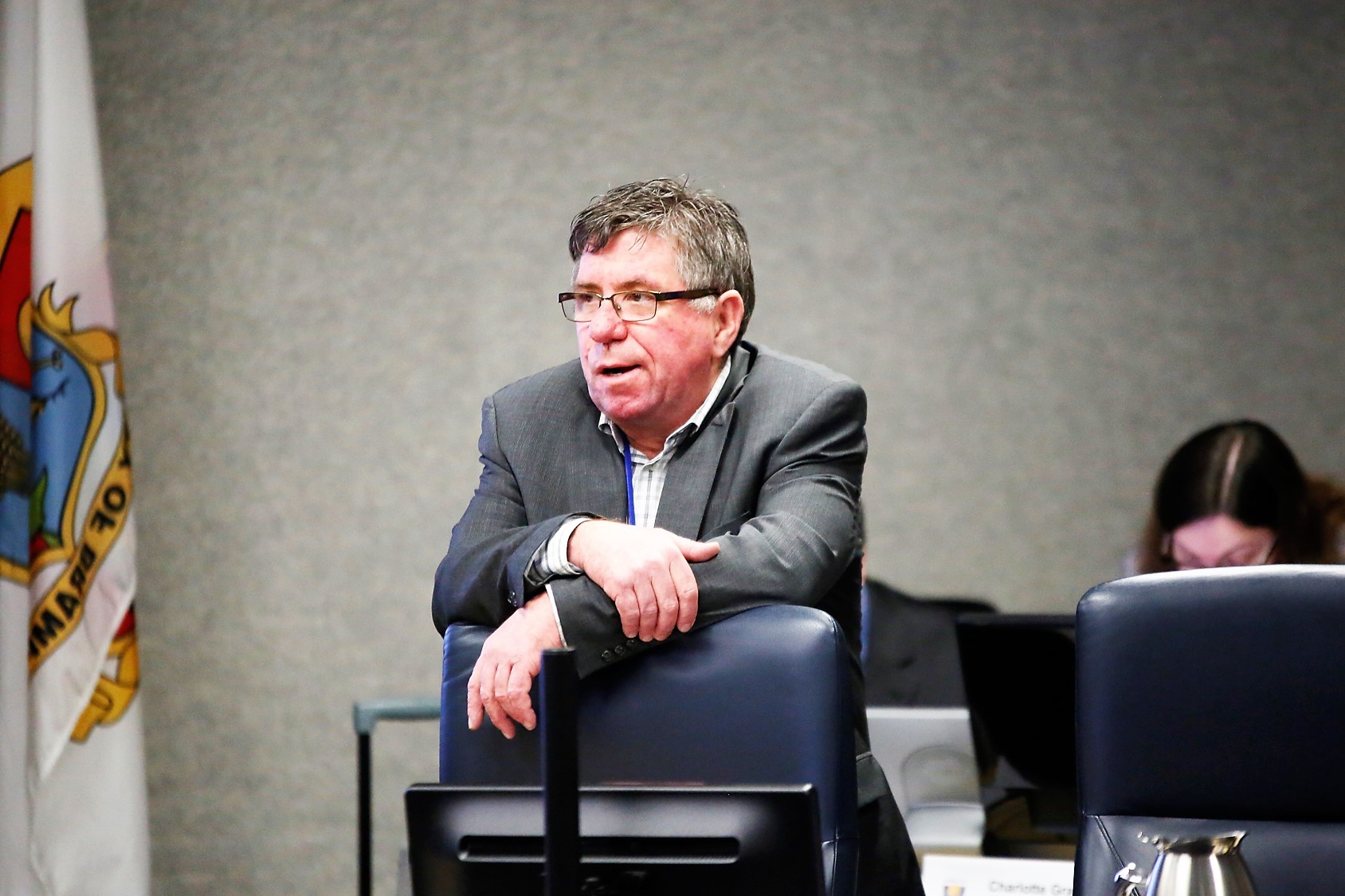
Councillor Doug Whillans
Councillor Whillans said that before the City starts negotiating with Ottawa, it should make sure the relationship with the provincial government is equally strong.
“As long as we are making nice with the province, there is nothing that will stop us from advocating to the federal government to get funding directly to some of our infrastructure projects.”
That opens up a whole different can of worms, as the well-known animosity between Ford and Brown, the current and former leaders of the Ontario PCs, represents another layer of challenges in a city desperate for help to fund badly needed infrastructure.
Submit a correction about this story


